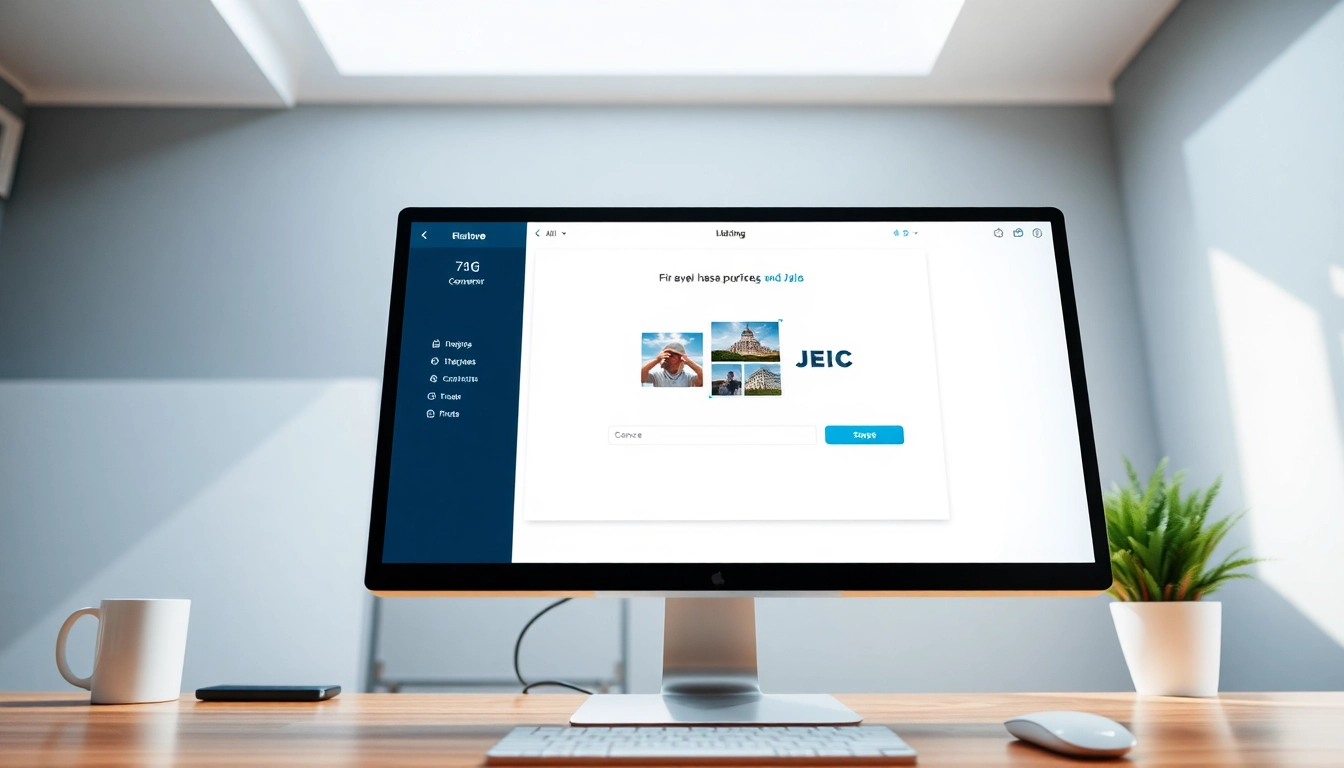Understanding the Fundamentals of Website Design
Website design is more than just creating beautiful interfaces. It’s about forging an effective online presence that communicates a brand’s values, captures the attention of users, and facilitates services or products. To achieve this balance, one must understand the various nuances involved. In this comprehensive guide, we will explore essential concepts around website design, from understanding its significance for business growth to measuring success effectively.
The Importance of Website Design for Business Growth
A well-designed website serves as a virtual storefront for businesses, providing 24/7 accessibility to customers and acting as a powerful marketing tool. In an era where potential customers are more likely to browse online before making purchasing decisions, having an engaging website becomes pivotal. Research indicates that businesses with professional websites are more likely to be trusted by consumers. Moreover, effective website designs can lead to higher conversion rates, better user engagement, and stronger customer loyalty.
Key Elements of Effective Website Design
Several components contribute to effective website design, including:
- Usability: Ensuring that visitors can navigate the site easily and find what they need without unnecessary clicks.
- Visual Design: Using colors, images, and layouts that resonate with the target audience while maintaining brand consistency.
- Content: Providing quality, relevant content that not only engages users but also enhances search engine ranking.
- Loading Speed: Optimizing the website to load quickly, as delays can lead to high bounce rates.
Common Mistakes in Website Design to Avoid
Common pitfalls can hinder a website’s performance. These include:
- Overly complex navigation that confuses users.
- Neglecting mobile optimization, which can alienate users who browse on smartphones.
- Ignoring website analytics, which provide insights about user behavior and preferences.
- Lack of clear calls-to-action that might not guide users on their next steps.
Planning Your Website Design Strategy
A strategic approach is imperative for successful website design. It begins with understanding the target audience and ensuring that design choices align with their preferences.
Defining Your Target Audience for Website Design
Identifying who your ideal visitors are allows you to tailor the website to their expectations. Conduct market research, utilize surveys, and create user personas that encapsulate the traits and behaviors of your target audience. Understanding their needs will drive the design, content, and overall user experience.
Choosing the Right Platform for Your Website Design
Choosing the appropriate platform for website development is crucial. Consider factors such as:
- Scalability: Ensure that the platform can grow with your business.
- Ease of Use: Select a platform that aligns with your skill level and provides adequate support for future updates.
- Integration: The platform should allow for easy integration with other tools and applications.
Setting Goals and Objectives for Your Website Design
Establishing clear goals and objectives helps measure success and provides direction. Goals could range from increasing website traffic, enhancing conversion rates, or improving user engagement metrics. Utilize the SMART criteria (Specific, Measurable, Achievable, Relevant, Time-bound) to ensure clarity in goal setting.
Best Practices for User-Centric Website Design
Creating a user-centered design enhances usability and satisfaction. Implementing best practices such as intuitive navigation and effective content presentation is crucial.
Creating Intuitive Navigation in Website Design
Navigation serves as the backbone of any website. A well-organized navigation structure, with logical categories and labels, enables users to find information efficiently. Incorporating features like breadcrumb navigation and a search bar enhances user experience significantly.
The Role of Color Psychology in Website Design
Colors evoke emotions and influence perceptions. Leveraging color psychology can enhance brand recognition and user engagement. For instance, blue can instill trust while red can stimulate urgency. Choose a color palette that aligns with your brand’s identity and message.
Incorporating Accessibility in Website Design
Ensuring that a website is accessible to all users, including those with disabilities, is not just a legal requirement but also a moral obligation. Implementing accessibility best practices, such as using alt text for images, providing keyboard navigation, and considering text readability, creates an inclusive environment for all users.
Enhancing Aesthetic Appeal in Website Design
The aesthetic appeal of a website can significantly affect a user’s first impression and their likelihood of staying on the site. Visual elements play a substantial role in this regard.
Using Visual Hierarchy for Effective Website Design
Visual hierarchy helps guide users through a website’s content by prioritizing essential elements. This can be achieved through strategic placement of elements, varying font sizes, and contrasting colors. By directing attention to key areas, users can easily understand the message and take necessary actions.
Best Typography Practices in Website Design
Typography impacts readability and user engagement. Best practices include choosing legible fonts, maintaining consistent font sizes, and providing adequate space between lines and sections. Selecting a complementary font pairing can enhance visual interest while ensuring content remains understandable.
Implementing Responsive Design in Website Design
With the growth of mobile browsing, responsive design is no longer optional. A responsive website adjusts seamlessly to different screen sizes, ensuring a consistent experience across devices. This involves flexible layouts, scalable images, and CSS media queries to adapt the content as needed.
Measuring Success in Your Website Design
The effectiveness of a website design can only be assessed through metrics and feedback. Measurement tools are vital for understanding user behavior and making improvements.
Key Performance Indicators for Website Design
Define Key Performance Indicators (KPIs) that align with your design goals. Common KPIs include:
- Bounce Rate: The percentage of visitors who navigate away after viewing only one page.
- Average Session Duration: The average amount of time users spend on the site.
- Conversion Rate: The percentage of visitors who complete a desired action, such as filling out a form or making a purchase.
Gathering User Feedback for Website Design Improvements
User feedback is an invaluable resource for improving design. Employ methods such as surveys, user testing, and feedback forms to gather qualitative and quantitative data. Understanding user frustrations and desires can guide meaningful enhancements.
Adapting Your Website Design Based on Analytics
Website analytics provide insights into visitor interactions and behavior. Use analytics tools to track performance, identify trends, and determine which elements resonate most with users. Regularly analyze this data to inform design adjustments and optimize user experiences.















Leave a Reply